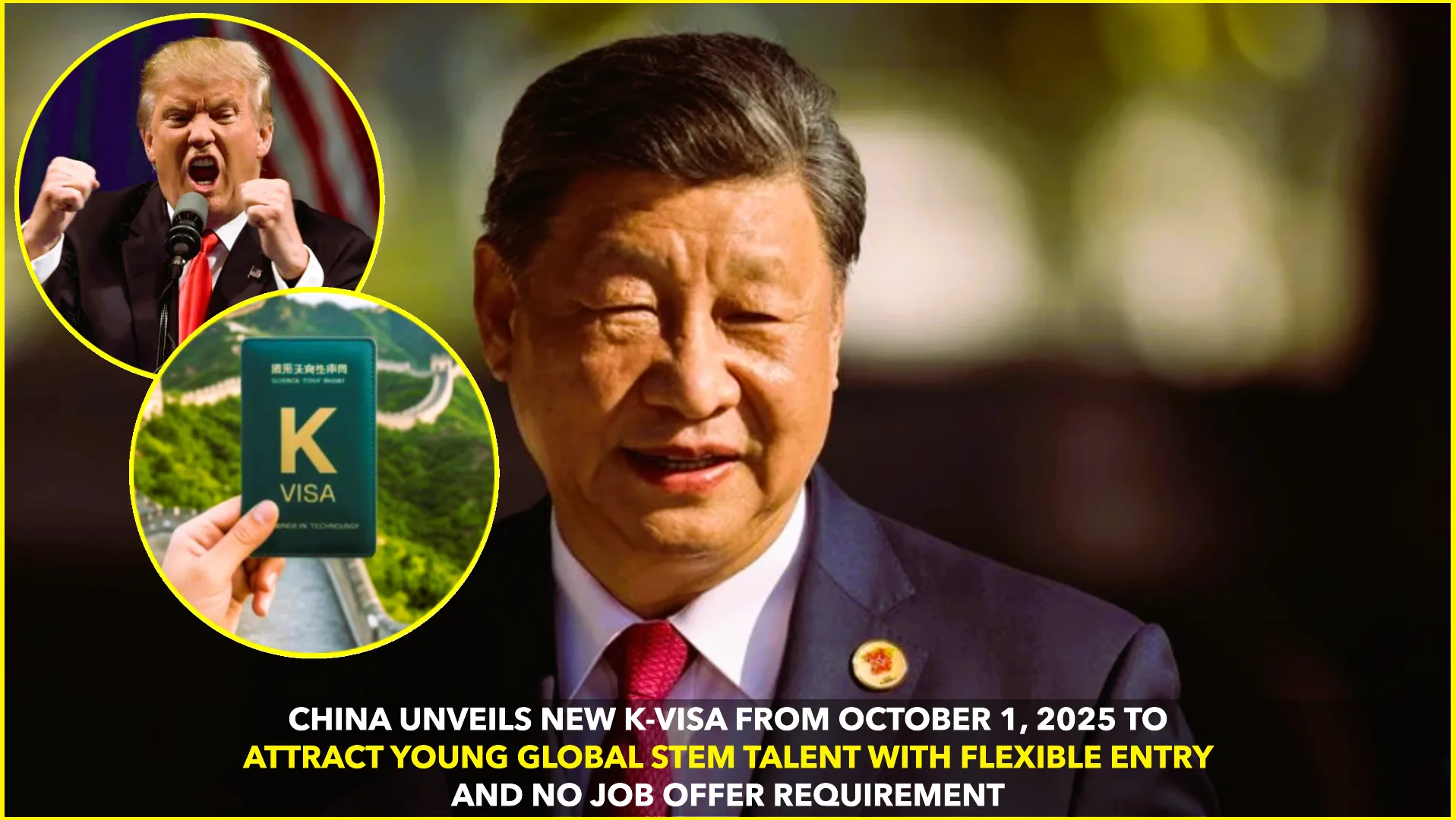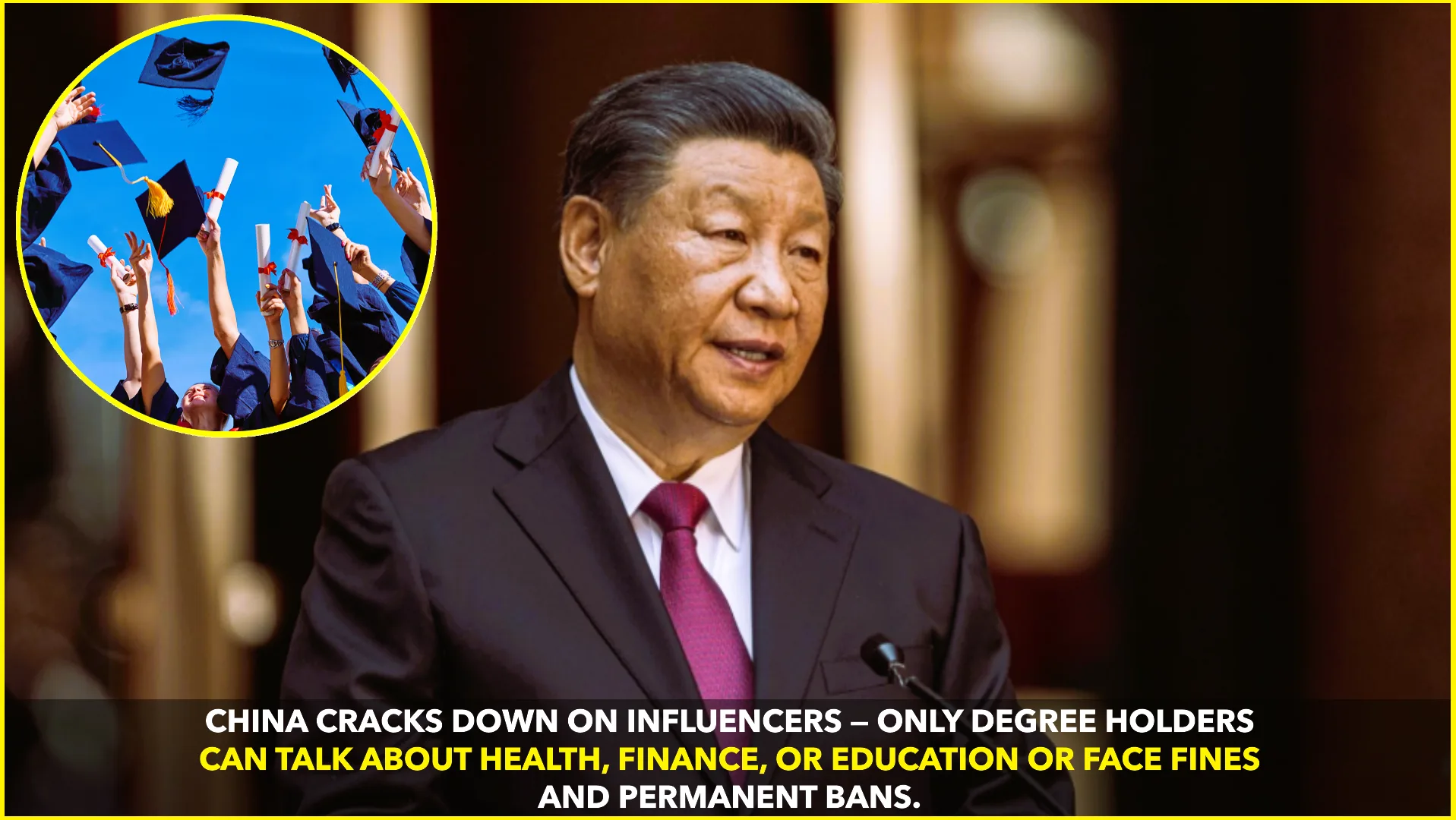Introduction
From October 1, 2025, China will roll out a new visa category called the K-Visa, aimed at drawing young, international science and technology talent. This move was confirmed after the State Council passed amendments to the Entry-Exit Administration Regulations earlier this year (China Briefing).
Policy Origins and Timing
In August 2025, the government officially established the K-Visa through updated regulations. The new category is intended to strengthen China’s ability to compete for international talent, particularly in science, technology, engineering, and mathematics (STEM) fields (Economic Times).
Who Can Apply?
The K-Visa targets young professionals in STEM—graduates, researchers, and innovators who want to contribute to China’s growing tech and research ecosystem. Although broad eligibility has been outlined, detailed requirements such as age limits and accepted academic backgrounds will be released by embassies in the coming weeks (China Briefing).
Why It Matters
The K-Visa launch coincides with major shifts in the global immigration landscape. The U.S. recently imposed a $100,000 annual fee on H-1B visa applicants, a move that sparked concerns among Indian and international tech workers (Reuters).
With this backdrop, China sees an opportunity to present itself as a friendlier destination for global talent, potentially attracting those who might otherwise seek opportunities in the U.S. or Europe (Times of India).
Key Features of the K-Visa
- No job offer required – applicants do not need employer sponsorship to apply (Economic Times).
- Multiple entry, longer validity – offers more flexibility than standard work or study visas (China Briefing).
- Wide scope of activities – visa holders may engage in research, entrepreneurship, cultural exchanges, and technology transfer (Times of India).
Strategic Objectives
China’s Talent Power Strategy aims to boost domestic innovation by fostering international scientific collaboration. Analysts say the K-Visa could help reverse “brain drain” by easing the return of Chinese researchers abroad, while also inviting non-Chinese STEM professionals to contribute to innovation hubs like Shenzhen, Beijing, and Shanghai (Reuters).
Challenges Ahead
However, experts warn that execution will determine success. If visa processing delays, unclear eligibility rules, or integration issues arise, global applicants may hesitate. Ensuring housing, support services, and job-matching programs will be crucial to making the visa attractive in practice (China Briefing).
Conclusion
China’s K-Visa, effective October 1, 2025, signals a major policy shift to welcome global STEM professionals with fewer restrictions. By eliminating the need for employer sponsorship and offering longer stays, it positions China as a competitive hub for global innovation at a time when other countries are tightening immigration policies.










